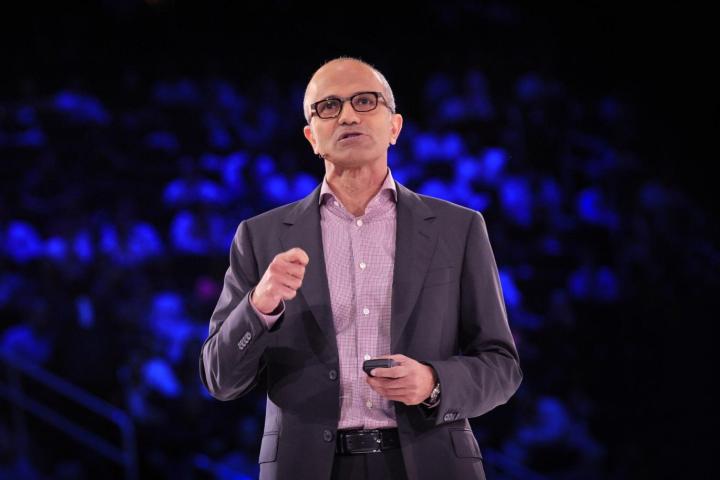
According to Geek Wire, Nadella said Microsoft doesn’t think about mobile in terms of market share, or even a range of mobile phones; but about “mobility” instead. He continued, “If there’s anything central about our vision, it’s don’t think of the device at the center, think of the individual, the people at the center.”
It’s an important distinction. He went on to talk about pictures, videos, and apps being the only consistent part of modern smartphone ownership. We change phones and often operating systems regularly, but we all want our photos to stay with us, and to continue using the same apps across different platforms. He concluded, “One of the things that you’ll find is Microsoft apps on any phone – irrespective of whether it’s a Windows Phone or not. That’s our core goal.”
Obviously, the more successful Windows Phone is, the more people will use Microsoft mobile apps – from Skype to Office. Therefore, building the OS and its ecosystem is still important, but not at the expense of ignoring those other, more widely used mobile platforms. It’s through them that new Microsoft fans can be poached. It’s not an unfamiliar strategy, and one which Google gleefully adopts with Android. Microsoft’s sensible decision to abandon the Windows Phone license fee shows it’s watching Google’s business model closely.
According to Strategy Analytics most recent data, Windows Phone has a mere 2.7 percent global market share, while ComScore puts the U.S. share at just 3.4 percent. Nadella may not be focused on market share, but we’d imagine those numbers aren’t met with many smiles at Microsoft headquarters.



